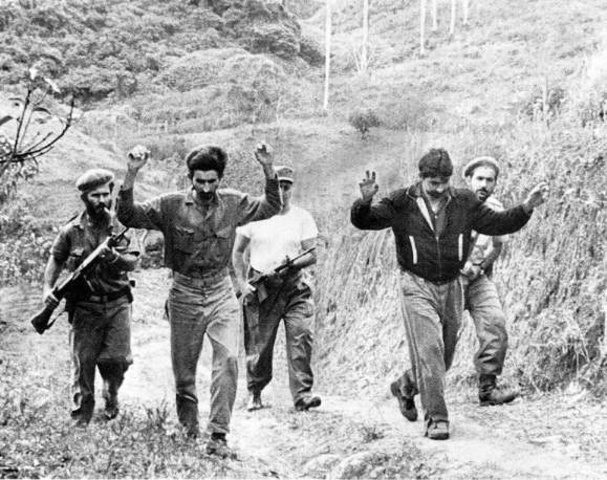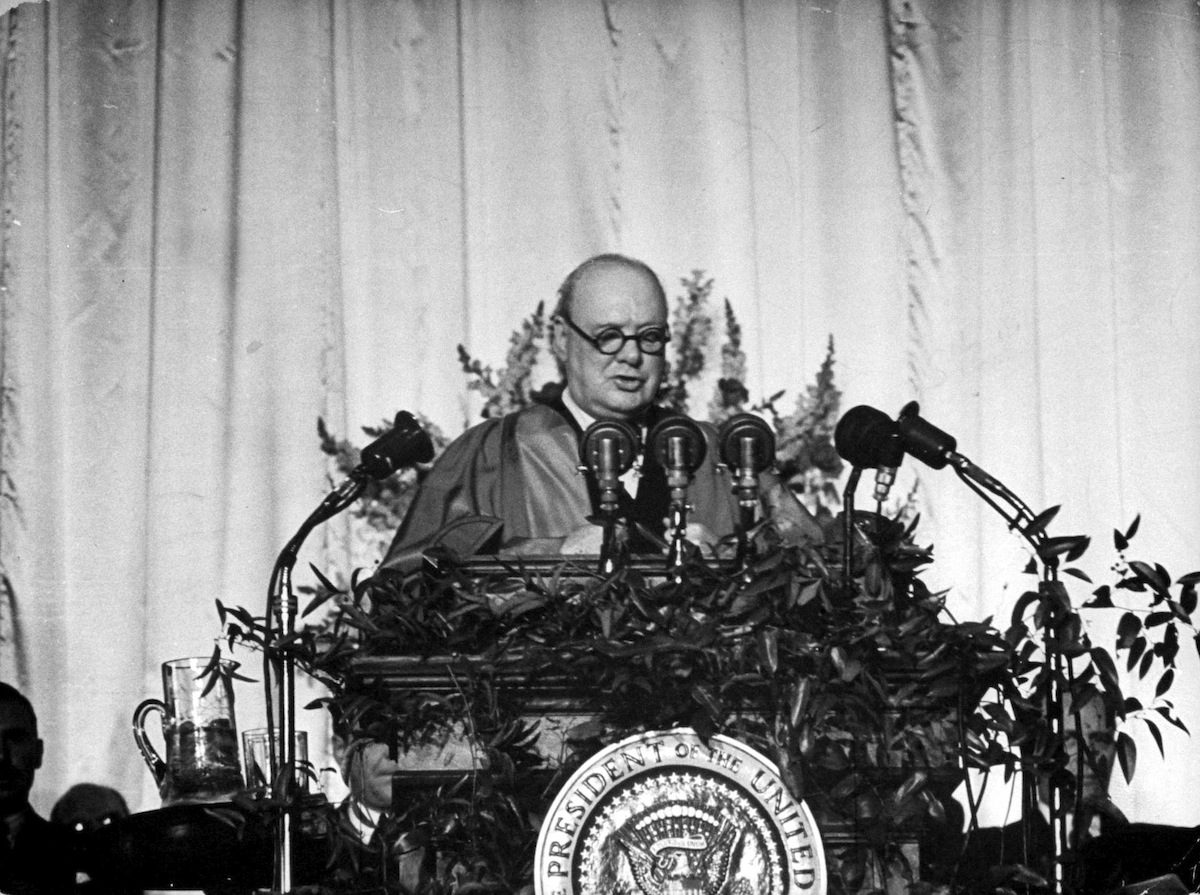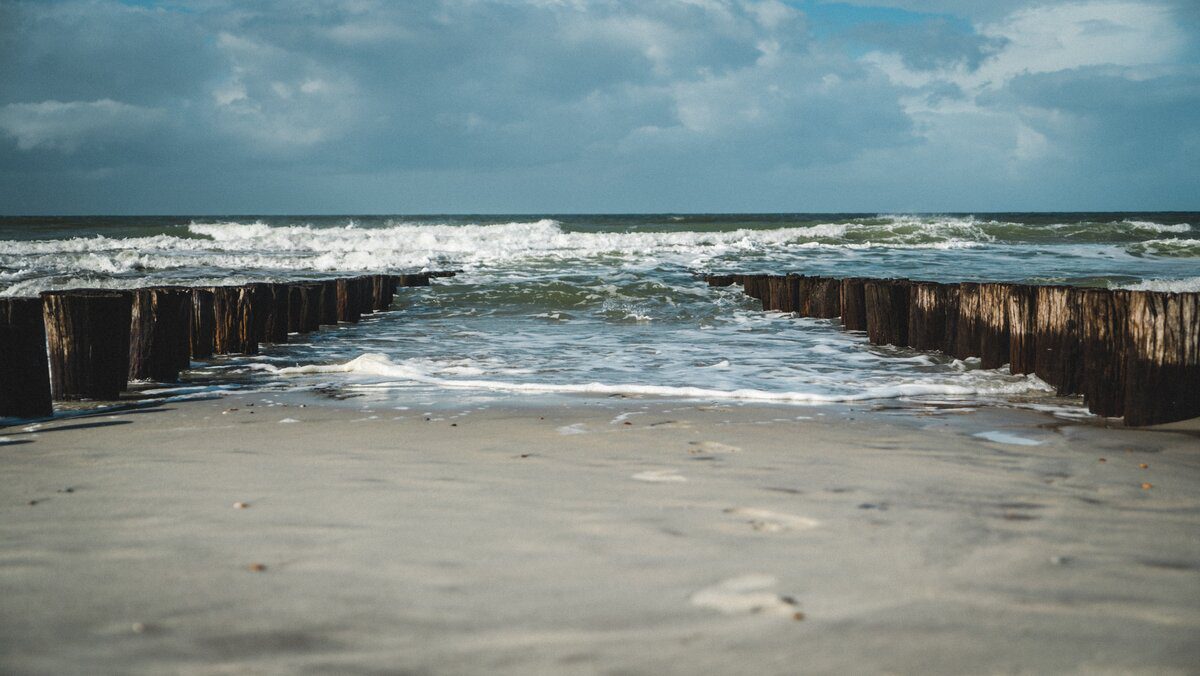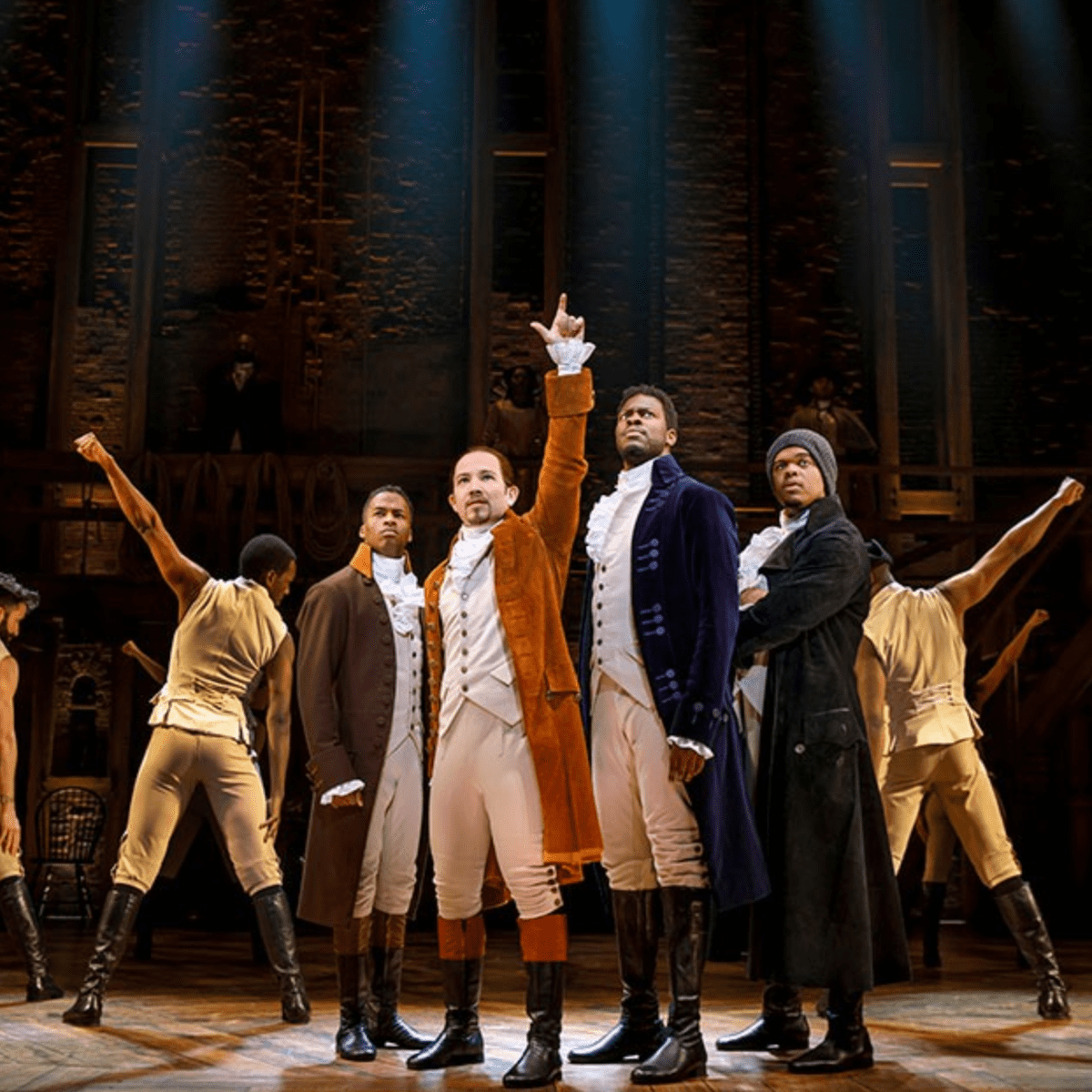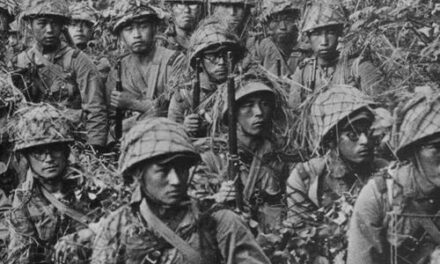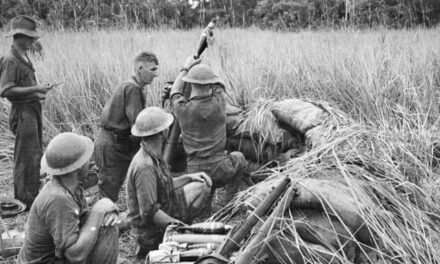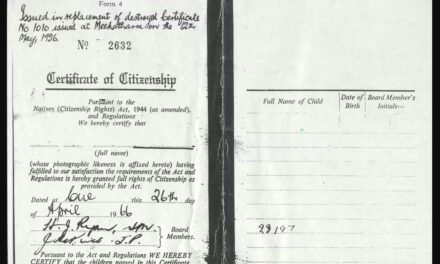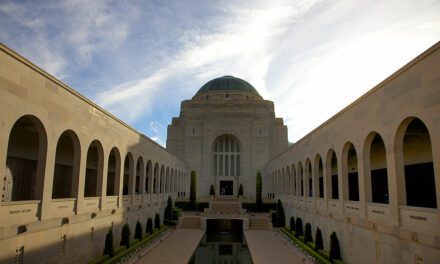HUBRIS AND MISCALCULATION: THE FAILURE OF THE BAY OF PIGS INVASION
Estimated reading time: 6 minutes
By Michael Vecchio
The threat of Nazi villainy had been defeated, however another authoritarian threat rapidly placed over half of Europe behind what Winston Churchill called an “Iron Curtain”. The Soviet Union’s aggressive brand of Communism startled much of the Western world, but perhaps none more so than the United States whose economic and social identity was founded on the very antithesis of communist ideology. Thus capitalism versus communism emerged to frame the essence of the Cold War for nearly 50 years.
It was then quite alarming when “the spectre of Communism” as described by Karl Marx extended past the confines of Europe; from Mao Zedong’s revolution in China in 1949, the rise of dictator Pol Pot in Cambodia, and the partitioning of Korea, the domino theory of communist influence indeed seemed to be coming true. No communist uprising alarmed the Americans more so than the Cuban Revolution of 1959, whose charming leader Fidel Castro brought Communism worryingly close to the USA.
Located just 144 kilometres (90 miles) from the state of Florida, Cuba had long been a haven for vacationing tourists and American investors who cozied up to military autocrat Fulgencio Battista; with his overthrow Castro’s 26th of July movement suddenly made communism not just some foreign overseas threat, but one literally in America’s backyard.
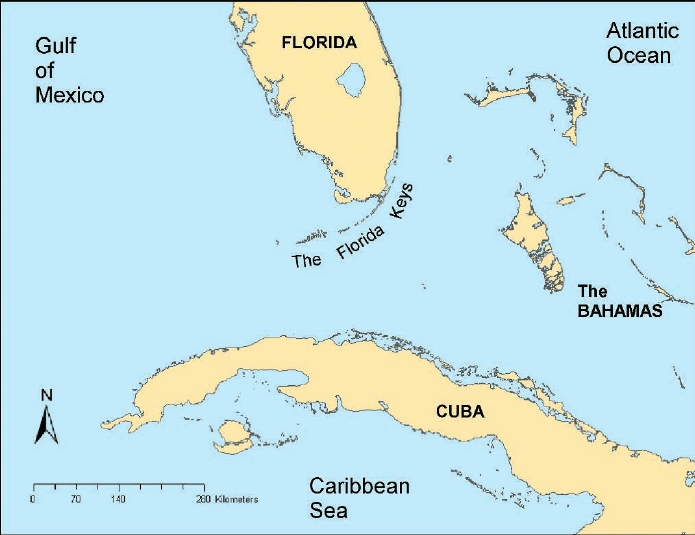
Communism had now infiltrated the Western Hemisphere and the struggle to contain it became the most pressing issue for the United States government, who reacted by funding anti socialist groups across Central and South America, and wherever possible attempted to overthrow any “hostile” regimes. From Harry Truman to Ronald Regan, curbing communist spread was of paramount importance for all the respective Administrations, yet it was perhaps John F. Kennedy’s presidency whose uneasiness with the new Cuban regime would be the most remembered.
Indeed Fidel Castro and JFK rose to power around the same time (1959 and 1960 respectively); both were young leaders at 33 and 43, and both were eager to make their mark on the world stage. For Kennedy tackling the “Cuban issue” was more than just carrying on the mission of halting Communism and Soviet alliances, but of definitively proving the superiority of American values. Castro on the other hand widely promoted himself as a modern Simon Bolivar, liberating his country (and hoping to inspire others in the region) from the imperial influence of the United States.

He immediately nationalized American businesses (including banks, plantations, and oil refineries) and naturally appealed to the United States’ greatest rival, the Soviet Union for sponsorship; in response the US Congress passed a series of Acts effectively creating an embargo on almost all exports to the island nation, still largely in place to this day.
With the final year of his presidency in sight, Dwight D. Eisenhower allocated nearly $13 million to the Central Intelligence Agency in March 1960, to be used explicitly to undermine Castro and plan a potential overthrow. At Kennedy’s inauguration in January 1961, Castro may have thought a new Commander in Chief would mean a lessening of restrictions, but covert plans were already underway to “write a new chapter” for Cuba.

Immediately after the 1959 revolution and in the ensuing years, thousands of Cuban exiles fled to the United States, and the CIA was keen on using them to oppose Castro and his government; among the groups sponsored by the Eisenhower funds was the counter revolutionary military unit Brigade 2506, founded expressly to stage a coup against Castro. Trained in Guatemala, the group awaited orders from the Kennedy White House, who planned their next steps.
The Bay of Pigs Invasion
The next step would come in the form of an attempted invasion, now infamous for its ultimate failure; the Bay of Pigs, an inlet on the southern coast of Cuba, was chosen as a landing site for the operation which was cloaked in great secrecy.

On April 15, 1961, eight B-26 bombers attacked Cuban airfields, and two days later some 1,400 paramilitaries launched from Nicaragua, arriving at the beach of Playa Giron in the Bay of Pigs. Initially things went according to plan and the Brigade overwhelmed the local militia, but soon commander Jose Ramon Fernandez, and later Castro himself, who took personal control of the counter offensive fought back against the invaders over a period of three days.
Pushed back and dispersed, the Brigade lost momentum and direction, realizing quickly the effort would not succeed. Inadequately equipped and discouraged, the invaders never made any substantial ground. Kennedy pulled the plug on the operation by withholding air support, as the international community found out about the invasion and its financial backers, quickly offering condemnation.

114 men were killed while nearly 1,100 others surrendered on April 20; many were imprisoned and subsequently convicted in show trials, solidifying the image of Fidel Castro, and his movement as the true protectors of Cuba while the US government feebly attempted prisoner swaps and little else to protect the men it had used for its own goals.
As the nation further allied itself with the USSR, another major event would soon consume the world’s attention and define Kennedy prior to his assassination: the Cuban Missile Crisis in 1962.
60 years after this pivotal moment of Cold War history, the players of the day have long since left the scene and Cuban-American relations continue to remain uneasy; but the Bay of the Pigs invasion continues to be one of the most prominent examples of American miscalculation and failure on the world stage.

